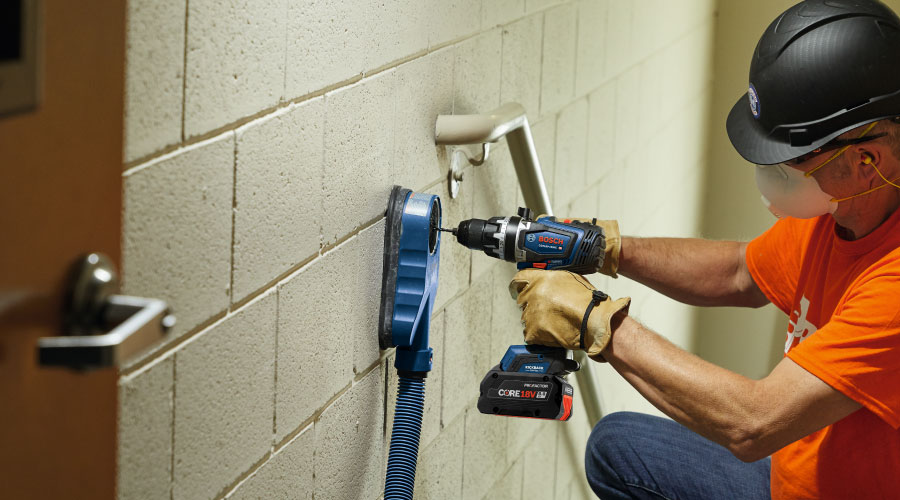Place Motors into Three Different Categories
Once the survey is complete, managers should separate the motors into three categories. The first category includes motors greater than 10 hp that run at least 8,000 hours annually. This category also should include motors greater than 10 hp that also are oversized for the loads they drive, even if they operate for less than 8,000 hours each year. This category also should include motors greater than 1 hp that are in poor operating condition. The motors in this category will provide the quickest paybacks.
The second category includes motors that run at least 2,000 hours annually and might be oversized. Replacing these motors with premium-efficiency models provides an intermediate payback, particularly if replacement occurs at the time of failure.
The third category includes the remaining motors in the facility. Replacing these motors with premium-efficiency motors would not provide a reasonable payback. But should any of these motors fail, managers should consider premium-efficiency motors as replacements.
Specification issues
The National Electrical Manufacturers Association (NEMA) has developed a standard for premium-efficiency motors. The standard applies to single-speed, polyphase motors with a rating of 1-500 hp and that operate at 5,000 volts or less.
To ensure a motor meets the requirements of a premium-efficiency motor, managers should require that it is designed, manufactured, and tested according to the latest standards from NEMA, ANSI, IEE, and ASTM. In particular, the motor must conform to the latest applicable sections of NEMA Standard MG-1, as well as meet or exceed premium-efficiency, full-load ratings set by the Consortium for Energy Efficiency.
Maintenance matters
One often-overlooked benefit of a premium-efficiency motor is its impact on maintenance. To achieve higher efficiency ratings, manufacturers use materials of higher quality than in standard-efficiency motors. Higher-quality steel, improved insulation, and higher-quality bearings are just some of the improvements that come along with higher efficiency ratings.
These improvements, along with the premium motor's higher efficiency, result in lower operating temperatures, which mean longer lives for components and lubricants.
Maintenance needs for premium-efficiency motors are similar to those for standard-efficiency units. To minimize maintenance costs and to get the best return on the investment, managers need to establish a program for motor maintenance.
These programs typically are computerized and give managers a comprehensive maintenance and replacement schedule for all motors in a facility. Programs include preventive and predictive maintenance activities based on the needs of the operation. They also include training for operating and maintenance technicians and the establishment of a spare-parts and spare-motor inventory.
Related Topics:













